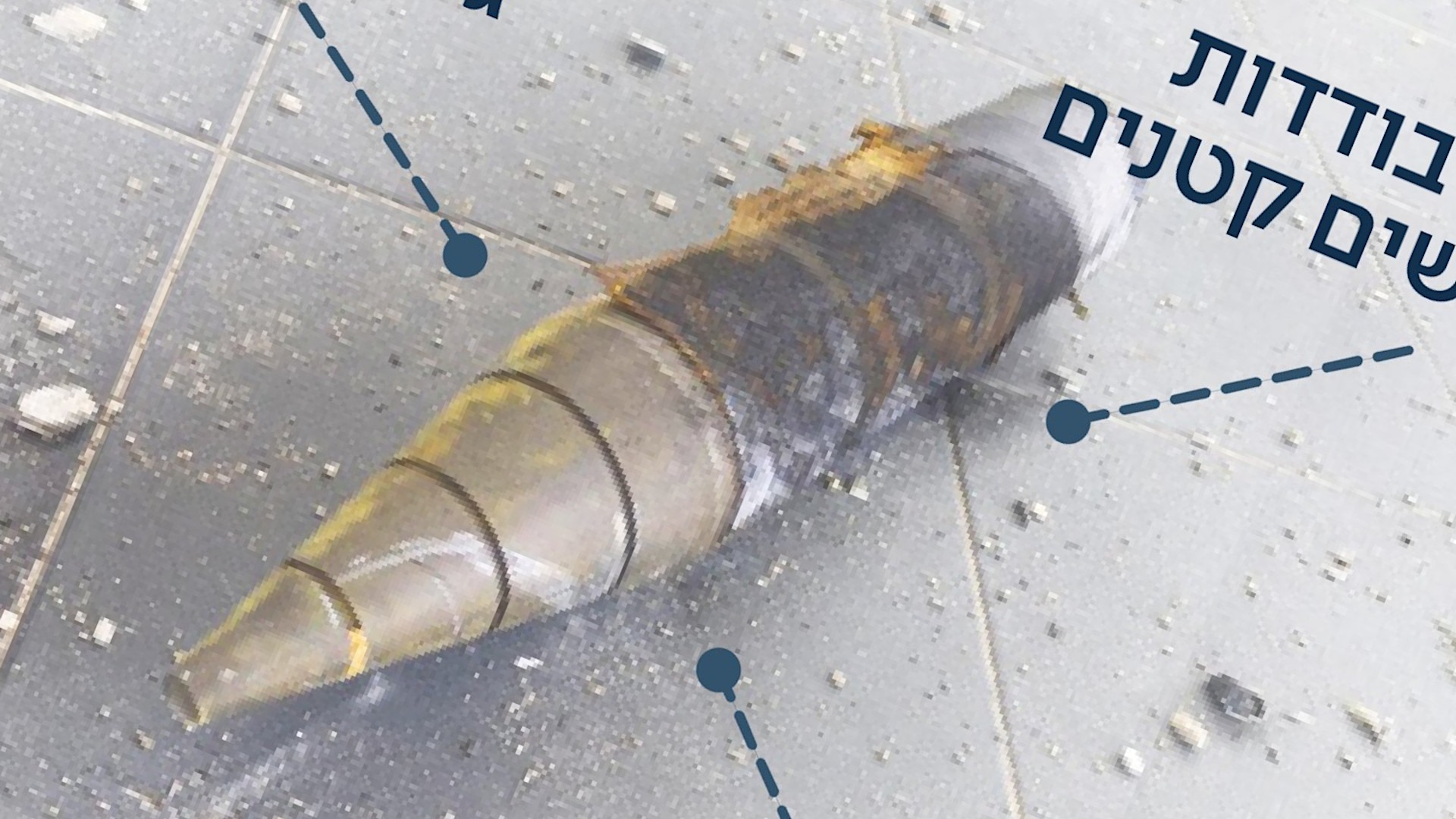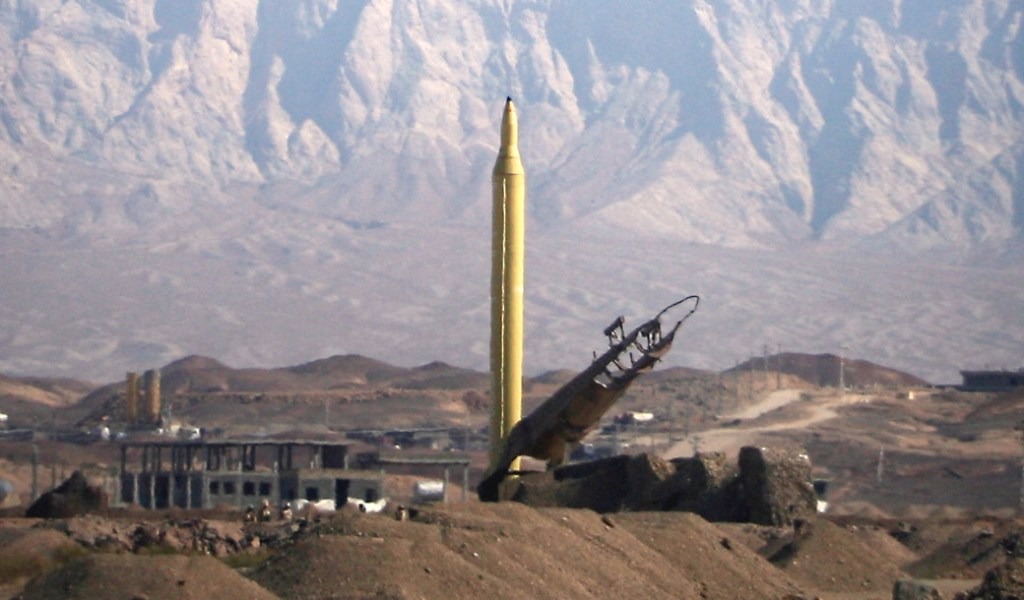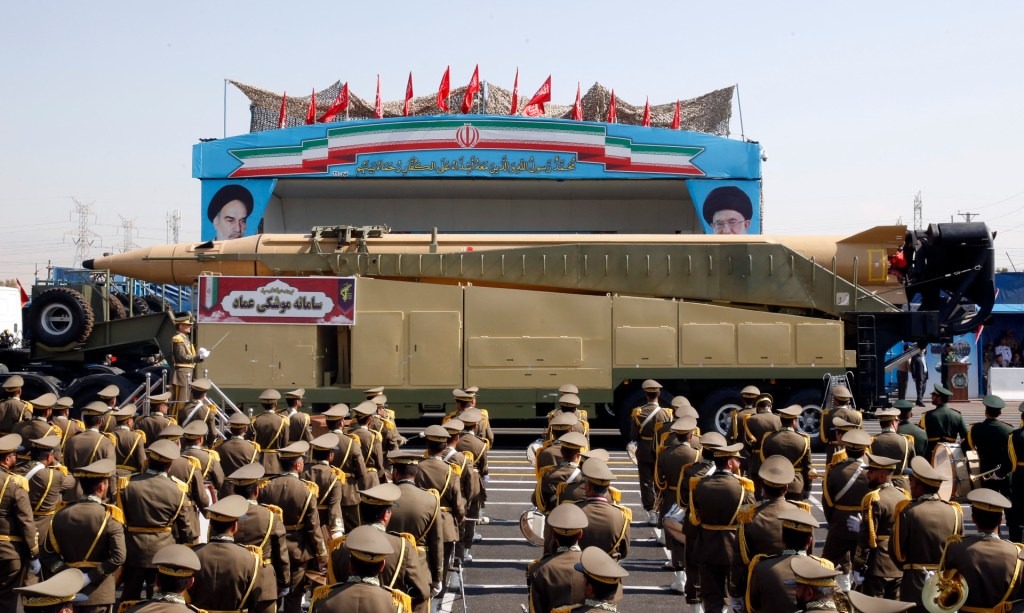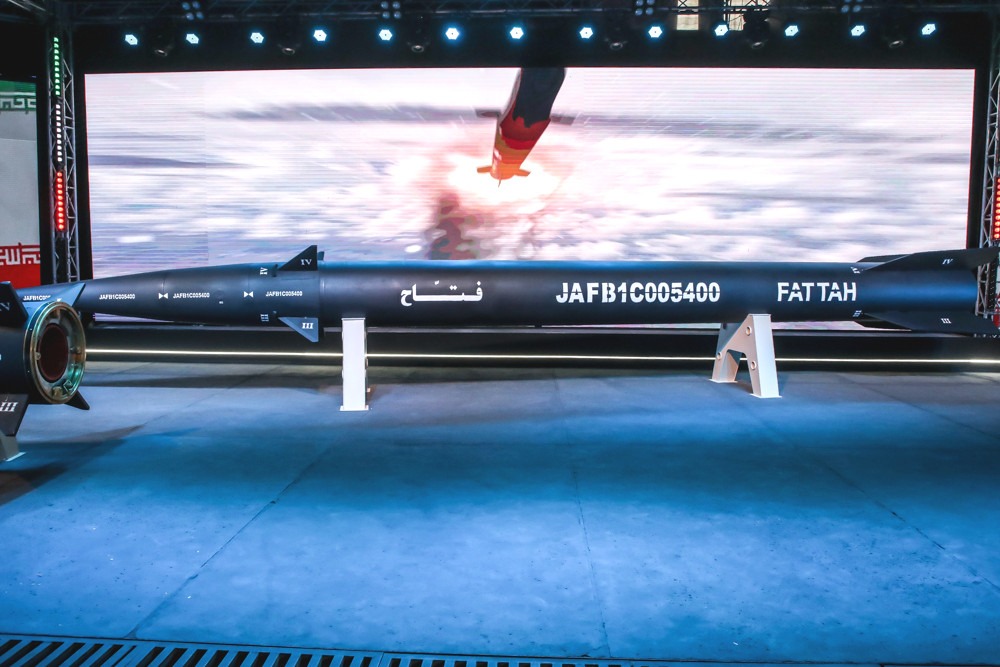Israel e Irán intercambiaron nuevos golpes durante la noche y el viernes, mientras el conflicto continuaba en su octavo día. Entre los objetivos más destacados atacados hoy en Israel se encontraba la ciudad portuaria de Haifa. Haifa alberga la principal base naval de las Fuerzas de Defensa de Israel.
Iran fired at least one ballistic missile with a warhead containing multiple submunitions as part of a particularly destructive barrage on Israel earlier today. Ballistic missiles loaded with cluster munitions present additional complications for defending forces, especially when it comes to intercept attempts in the terminal phase of flight. Readers can first get caught up on recent developments in the ongoing Israel-Iran conflict in our reporting here.
The Israel Defense Forces (IDF) Home Front Command says the warhead on the missile in question split open at an altitude of approximately 23,000 feet (seven kilometers) and released an estimated 20 submunitions, Emanuel Fabian of The Times of Israel posted on X. The submunitions, each of which contained some 5.5 pounds (2.5 kilograms) of explosives, were scattered across an area approximately 10 miles (16 kilometers) in diameter. Whether or not this is the first time Iran has employed a ballistic missile with a cluster munitions payload in strikes on Israel is unclear.
At the time of writing, the exact type of Iranian missile that carried the cluster munition warhead is unclear.
Iranian media outlets linked to the country’s powerful Islamic Revolutionary Guard Corps (IRGC) did share a video showing the launch of a Khorramshahr-4 medium-range ballistic missile (MRBM) earlier this morning, prompting speculation about its use. The Khorramshahr-4 is also sometimes called the Kheibar (not to be confused with Iran’s unrelated Kheibar Shekan ballistic missile), which is a reference to a seventh-century victory by Muslim forces over Jewish tribes. Iran’s Supreme Leader Ali Khamenei had also made a callback to that battle in the context of the current conflict in a social media post on Tuesday.
However, the Khorramshahr-4/Kheibar footage that is now circulating widely online is from a test in 2023, and there do not appear to be explicit claims from Iran about its use. As of yet, no other evidence has emerged of Iranian forces having employed these missiles, with or without cluster warheads, in its retaliatory strikes on Israel.
The potential combat debut of the Khorramshahr-4/Kheibar is something experts and observers have been keeping an eye out for, as it is assessed to be one of the most capable longer-range ballistic missiles in Iran’s inventory. The original Khorramshahr first emerged publicly in 2017, and it is assessed to be derived, at least in part, from the North Korean Hwasong-10, also known as the BM-25 Musudan. It is a liquid-fuel medium-range ballistic missile (MRBM) with a claimed range of around 1,250 miles (2,000 kilometers).

Iran has unveiled additional Khorramshahr variants since then, the most recent of which is the Khorramshahr-4/Kheibar, which made its public debut in 2023. At that time, Khorramshahr-4 was said to still have a maximum range of 1,250 miles (2,000 kilometers), but the possibility has been raised that it could have a longer reach. This is based in part on the underlying Hwasong-10/BM-25 design being an intermediate-range ballistic missile (IRBM), which the U.S. military has assessed in the past to have a maximum range in excess of 1,860 miles (3,000 kilometers). Khorramshahr variants could exchange some payload weight for extra range.
Khorramshahr-4 is understood to have the heaviest payload of any of Iran’s ballistic missiles, with it said to be able to carry a warhead weighing up to 3,300 pounds. Iran has also claimed in the past that Khorramshahr variants can carry multiple, smaller warheads.
In the past, Iran has also shown cluster munition warheads with designs that are in line, at least externally, with ones used on older ballistic missiles, especially variants and derivatives of its Shahab-3 liquid-fueled MRBM. The original Shahab-3 was based on North Korea’s Nodong series of missiles, which were themselves developed from the Soviet Scud family.
Fuente: https://www.twz.com





